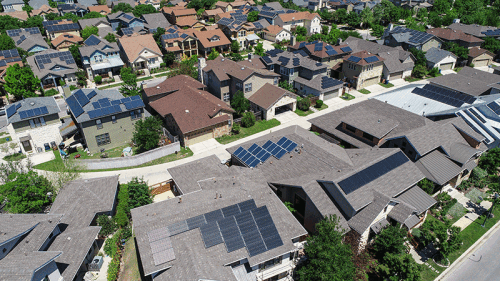Housing – Single-Family
During the summer of 1910, W. Ashbie Hawkins, an African American lawyer, purchased a home at 1834 McCulloh Street, an affluent—and all-white—neighborhood in Baltimore, Maryland. He rented the home to his law partner (and brother-in-law), George McMechen, an African American graduate of Yale Law School.
In a market that has been disrupted by rising interest rates and unsteady financial markets, single-family rental investors and developers have not lost sight of the bigger picture. Demand for housing still exceeds supply.
A ULI Chicago task force has been working to expand housing options in the Chicagoland area by addressing regulatory barriers to the creation of accessory dwelling units (ADUs).
A public/private partnership in Surrey, British Columbia, builds a mixed-use point city center near Vancouver.
U.S. real estate economists predict generally improved economic and property market news for the rest of 2020, as well as for the following two years, compared with their forecasts of six months ago, according to the fall 2020 ULI Real Estate Economic Forecast.
According to the Wall Street Journal, the median size of a new single-family home declined for the first time since 2009, slipping 2 percent to 2,422 square feet (225 sq m) in 2016. This is only the third time in the last 20 years that it has fallen, according to U.S. Census Bureau data.
Generation Y’s needs, preferences, and desires will have a huge impact on almost every facet of the American economy, said panelists at the ULI Spring Meeting.
Product segmentation is becoming increasingly sophisticated as real estate developers gain access to new technology and tools, said panelists at the ULI Spring Meeting.
Buyer appetite for commercial property remains strong as indicated by continued low cap rates, rising transactions, and prices at three-and-a-half-year highs. Multifamily construction took a break from its recent momentum; single-family construction continued upward even as new home sales dropped dramatically. Existing housing prices are taking off, at least for now. But weak economic indicators continue to raise fears that any emerging strength can be easily knocked off course.
The top ten trends in this month’s Barometer point to sparks as well as concerns in the economy, some weak signals in the capital markets, and some glimmer in the weak housing market. Compared with a year ago, 57 percent of the key indicators in the Barometer are better and 43 percent are worse.








